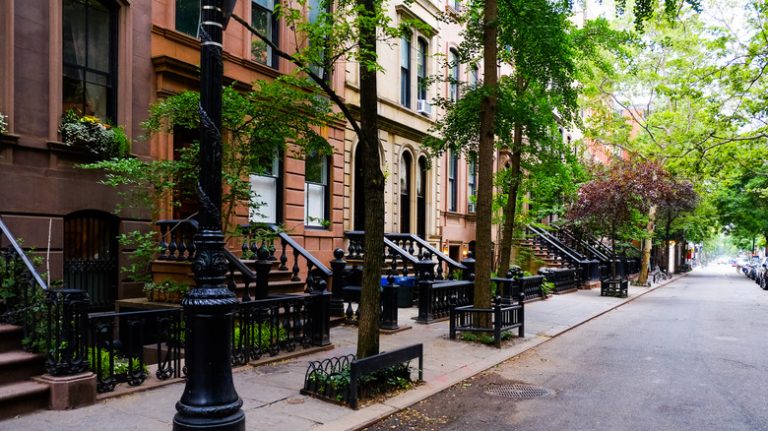As summer ends, an urge arises in many homeowners to tidy up the garden before winter sets in. However, you will want to hold the shears when it comes to your evergreens. Contrary to what you might think, fall is the time of year you should strictly avoid pruning these lush green trees.
Pruning evergreens involves shaping and maintaining their size and form, encouraging healthy growth, and removing dead or damaged branches. While the way you prune depends on what type of evergreen you have, some practices go across the board. Always use sharp, clean tools to prevent tearing or damaging the branches. Then make angled cuts just above the bud, which is the small bump on the stem where new growth will appear. This will encourage the plant to branch out and fill in the cut area. Of course, you’ll want to follow the natural shape of the plant and aim to enhance the plant’s existing form rather than create something entirely new. Aim to never prune more than one third of the tree. However, though you may want to prune before winter arrives, there are good reasons why you shouldn’t prune these plants during fall.
What happens when you prune evergreens in the fall

Evergreens don’t enter the same deep dormancy as deciduous trees. They’re busy gearing up for winter’s harsh weather, storing energy, and hardening their needles to become their suits of armor. Pruning evergreen trees during this crucial stage is disrupting a critical preparation and form of self-preservation. If you prune in the fall, you can leave them vulnerable to frost damage, cold stress, and even insect infestations.
To make matters worse, fall isn’t a complete growth standstill for evergreens. Their delicate metabolism continues, albeit at a much slower pace. Pruning disrupts this subtle cycle, potentially stunting new growth or causing uneven development in the spring. Furthermore, unlike many other trees, evergreens maintain their foliage all year round. This means any pruning cuts made in fall take much longer to heal. Consequently, the best time to prune evergreens is at the end of winter or very early in the spring before any new growth takes place and while they are still dormant.
Pruning may be necessary when the tree is threatened

However, before you banish the pruning shears until spring, keep in mind there are a few exceptions to this seasonal rule. Dead, diseased, or broken branches can be removed anytime for safety reasons. In most cases, attempts to reattach the branch do not work and can end up causing more harm to the tree. Also, if any branches are broken and barely hanging on, that can become a dangerous situation for you, your family, or anyone walking under it.
In addition, if the tree is compromised, you may have to selectively prune the area of concern to prevent further damage. This is especially true when it comes to insect infestations and disease. The branches can harbor pests and diseases that not only detract from the tree’s overall appearance but can kill it. The most common insect threats to evergreens include spider mites, bagworms, aphids, and bark beetles. In those cases, the affected branches need to be removed. Ironically, if the tree is pruned in the fall before it has had time to protect itself from the harsh winter weather, that can invite a pest problem. If you have any doubt whether your evergreen needs out-of-season pruning due to injury or disease, you can always call a professional tree service to come out and assess the situation.
